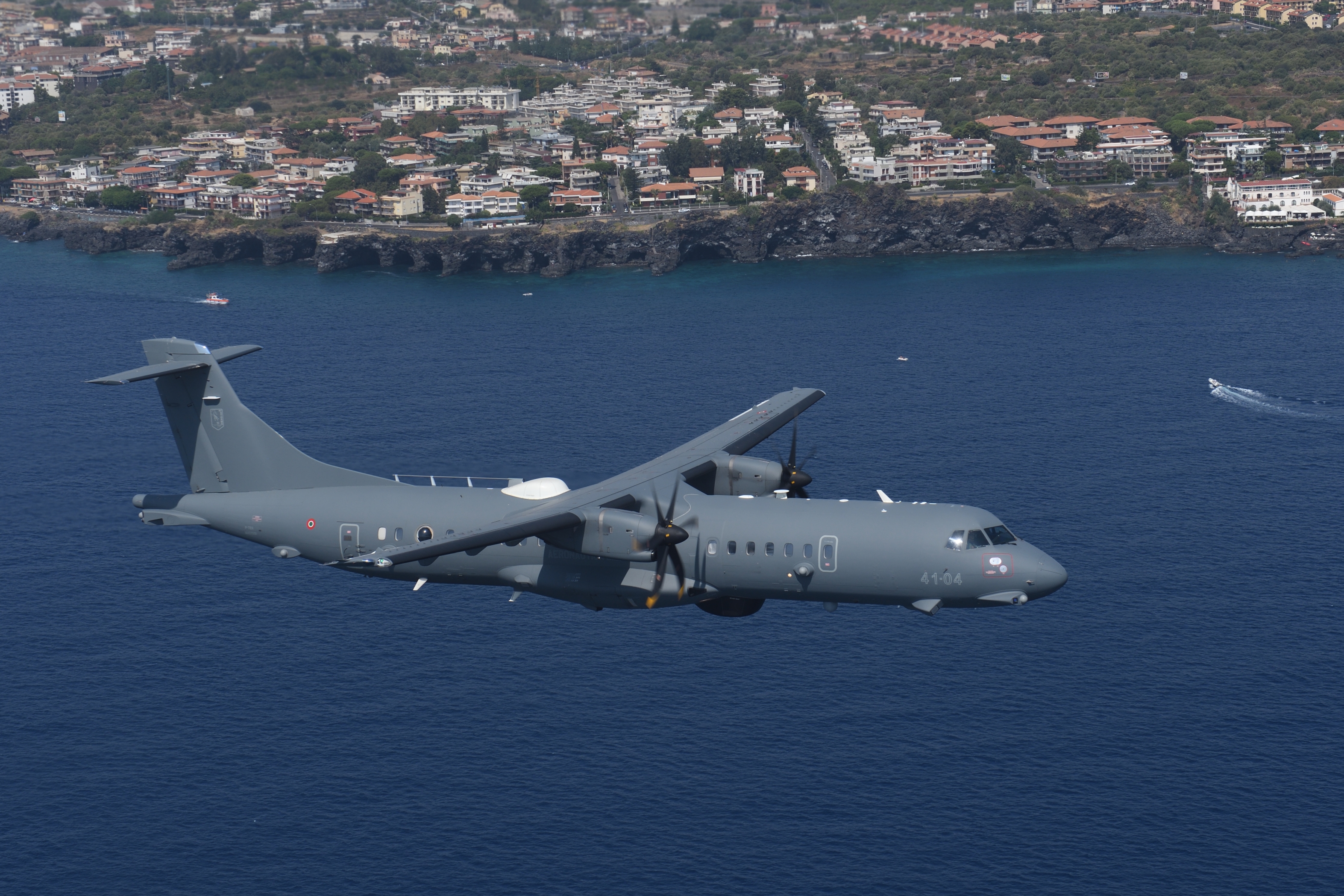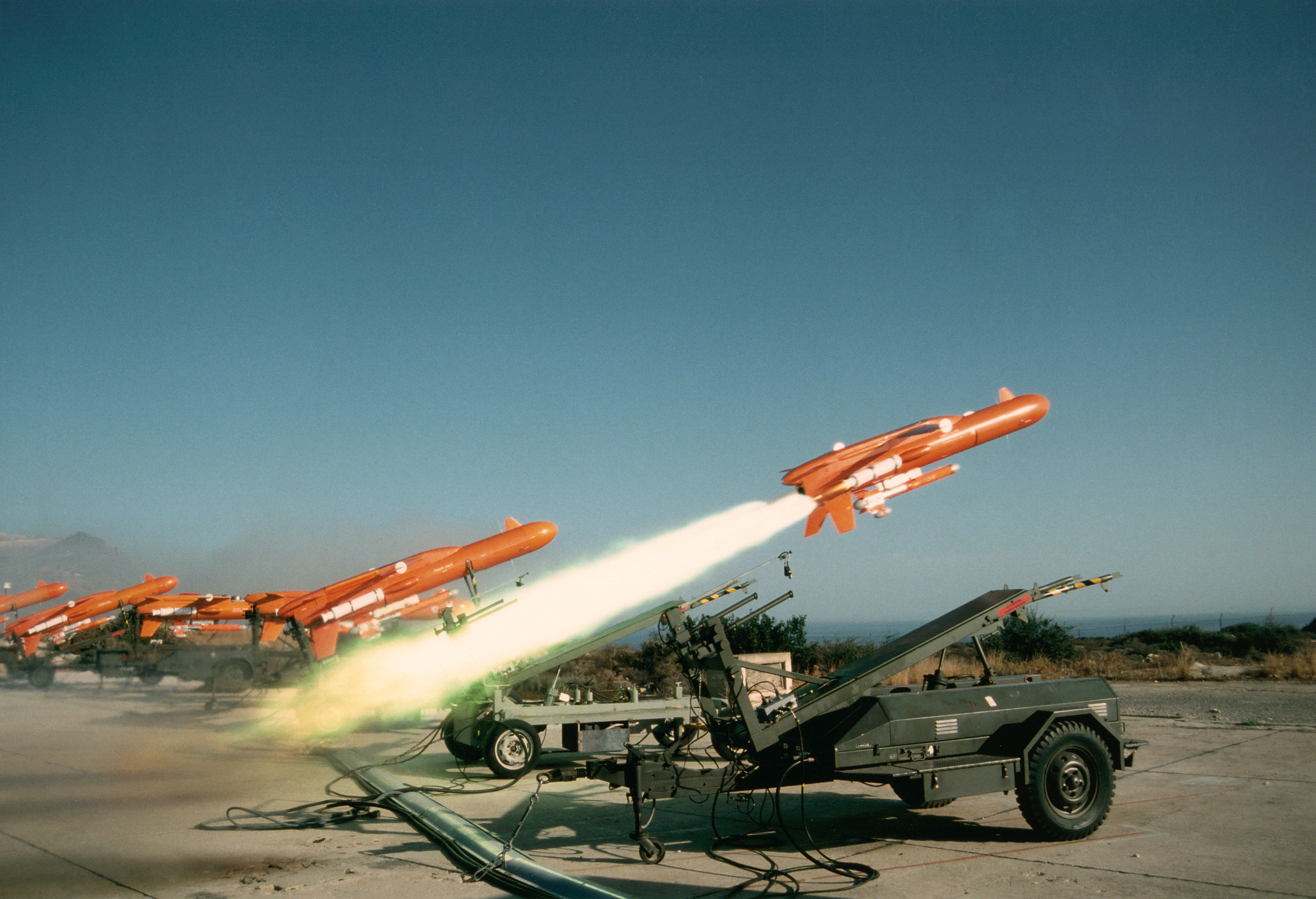Recent innovations developed by Leonardo are the fruit of technological capabilities created since 1960, the legacy of companies including Microlamba, Selenia, Marconi and Elsag to name just a few. In fact the advances in electronics achieved over the years have been decisive in keeping Leonardo's technologies at the forefront.
One highly successful solution in the context of avionics systems is ATOS (Airborne Tactical Observation and Surveillance), a mission system developed by Leonardo that integrates and manages the aircraft’s surveillance sensors, ensuring interoperability and efficiency when monitoring vast areas of land and sea. Particularly, the system enables the real-time management of information from various sensors on board the ATR 72 MP, providing operators with a complete picture of the situation. Based on the ATR 72-600 turboprop platform, the aircraft - the fruit of an Italian-French collaboration launched in the 1980s to produce regional transport aircraft for the civil market - is now flown by the Italian Air Force's 41° Stormo under the denomination P-72 A. On behalf of the Forza Azzurra it carries out maritime patrol roles and search and identification for surface shipping movements. It is also used in ecological monitoring and the fight against narcotics traffic, piracy and smuggling.

Italian Air Force ATR 72MP (P-72A)



